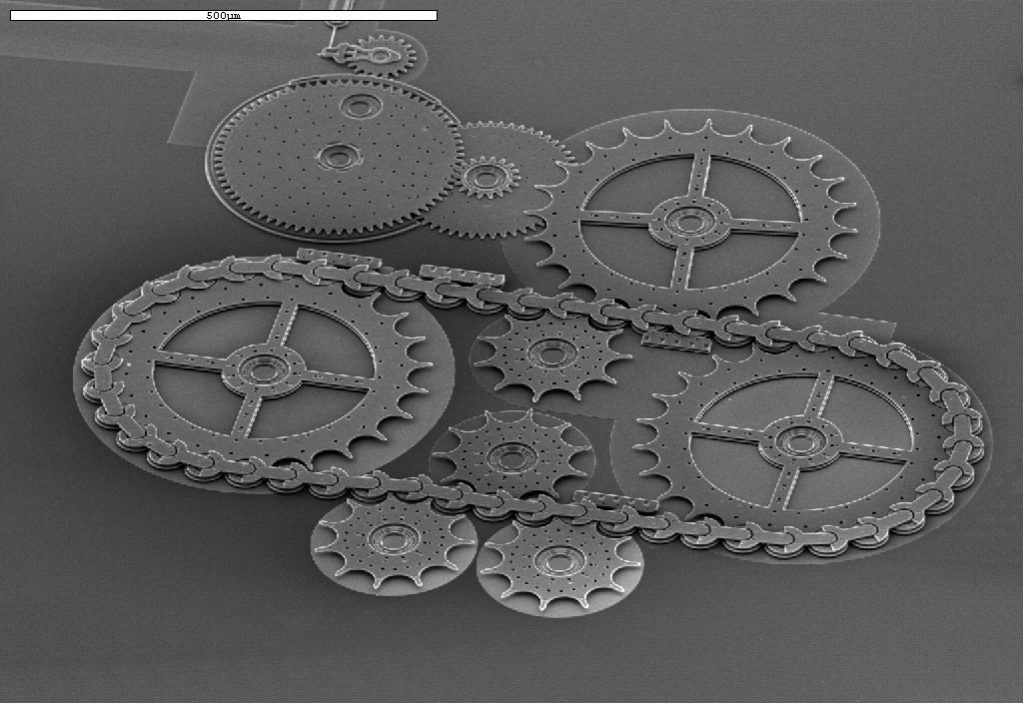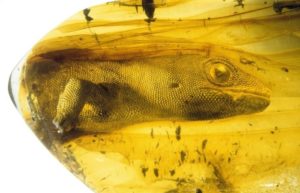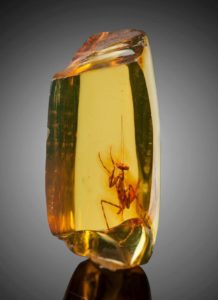Just Interesting
The “glossy magazine” category. Nothing too deep.
These images were taken with a Scanning Electron microscope (SEM). The surface of a specimen is scanned by a beam of electrons that are reflected to form an image. Color is added later.
“Plenty of Room at the Bottom” is the title of an article written by the American genius, Richard Feynman in 1959. He worked on the Manhattan Project that delivered nuclear weapons to our military before the end of World War II. In the 1980s he was the scientist who figured out why the space shuttle Challenger exploded. In “Plenty of room at the bottom” he visualized the core ideas of Nanotechnology 2 or 3 decades before it became a widespread big idea.
“It is a staggeringly small world that is below. In the year 2000, when they look back at this age, they will wonder why it was not until the year 1960 that anybody began seriously to move in this direction.” Richard Feynman
We’re talking about a bustling industry where objects are measured in nanometers and micrometers.
- A nanometer =1 billionth of a meter and is represented by the symbol ‘nm.’. A sheet of paper is about 100,000 nanometers thick.
- A micrometer = 1/millionth of a meter (symbol: μm) A sheet of paper is 70 to 180 μm thick.
- One millimeter is equal to 1000 micrometers or 1000000 nanometers. A millimeter is equal to approximately 0.039370 of an inch. (mm)
In this video, we begin focused on a shrimp at a scale of 1 mm. We zoom down and in toward the top of the head where we see a microscopic sea plant, which eventually fills the screen. We close on a single bacteria, atop the seaweed zoomed from 1mm to 0.5um.
The remarkable chain drive below was built by the Department of Energy’s Sandia National Laboratories. The distance between chain link centers is 50 microns. The diameter of a human hair is approximately 70 microns. This is one example of thousands of separate projects and experiments laying the foundation of Nanotechnology.
If the title is confusing, I apologize. Emergence is a huge focus of my writing and explained in depth elsewhere in the site. A short version is: Emergence is when a new and surprising result emerges from grouping enough of almost anything together. The effect doesn’t resemble the individuals it emerges from. The things being grouped in this video are individual Starlings, the grouping is their seasonal flocking behavior. The emergent effect is the murmuration, the huge, shapeshifting display of their collective flight. No bird is in charge, the effect is bottom up as the individual birds react to each other yet we see what feels very much like a huge excited individual playing in the sky.
A cuttlefish transmitting social information via pattern and color change. Apparently, this display means he’s really pissed off. Watch till the end and you’ll be in no doubt.
All cephalopods; cuttlefish, squid, and octopus use the same remarkable technique to communicate among their kind and camouflage themselves.
Close up of a squid’s color-changing cells called chromatophores. Amazingly these cells blend shades to create colors outside their individual range much as we can blend red, green and blue to create any color. Odder still, all cephalopods appear to be color blind.
Finally, here’s an octopus giving a practical demonstration of using chromatophores for camouflage.



And yes, they are happy to see you.



***
I have always been fairly bouncy and youthful. I’ve also always been vain and deeply in denial about getting older. 2 years ago, my health nosedived in a way that went from sad to frustrating to terrifying. It started with sudden arthritis bad enough to stop my aerobic routine and make keyboard and mouse use agonizing. If you know me, you know that means a lot of every day was agonizing. I rationalized that I am getting older and that I’ve earned any repetitive motion injuries with 2 decades of thoughtless ergonomics. I sucked it up.
I started having a lot of stomach trouble but it was gradual enough that it never clicked into the foreground. Whatever was happening, it messed with my energy levels. It messed with my sexuality. It messed with my sleep. I had a hundred odd little complaints. I rationalized it all as me getting old. My optimism decayed, my demented confidence that women still think I’m hot went with it. It turns out that a lot depends on that delusion for me. You might as well remove my thyroid or my knees.
I love moving, I love walking. Suddenly one day there was a tightness in my chest when going up a big hill. Over the next year, it got worse and worse and worse. All the joy in my life began to shrink and dry up like a waterhole. I was imprisoned on a small island. Walking to my classrooms the chest pain would become crushing and terrifying. I wasn’t tired or out of breath, just being squeezed by something that would pop me like a bubble if I kept moving. Worst were the weird middle of the night chest pains that seemed to come from nowhere. I think they made me the loneliest I have ever been. Continue reading


